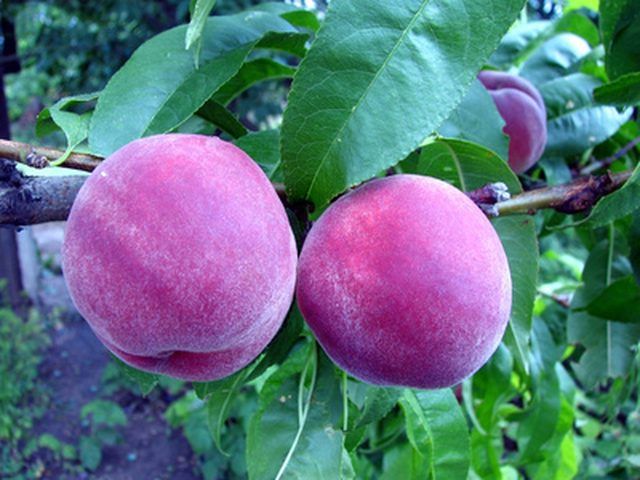Bulbs
Flower Basics
Flower Beds & Specialty Gardens
Flower Garden
Garden Furniture
Garden Gnomes
Garden Seeds
Garden Sheds
Garden Statues
Garden Tools & Supplies
Gardening Basics
Green & Organic
Groundcovers & Vines
Growing Annuals
Growing Basil
Growing Beans
Growing Berries
Growing Blueberries
Growing Cactus
Growing Corn
Growing Cotton
Growing Edibles
Growing Flowers
Growing Garlic
Growing Grapes
Growing Grass
Growing Herbs
Growing Jasmine
Growing Mint
Growing Mushrooms
Orchids
Growing Peanuts
Growing Perennials
Growing Plants
Growing Rosemary
Growing Roses
Growing Strawberries
Growing Sunflowers
Growing Thyme
Growing Tomatoes
Growing Tulips
Growing Vegetables
Herb Basics
Herb Garden
Indoor Growing
Landscaping Basics
Landscaping Patios
Landscaping Plants
Landscaping Shrubs
Landscaping Trees
Landscaping Walks & Pathways
Lawn Basics
Lawn Maintenance
Lawn Mowers
Lawn Ornaments
Lawn Planting
Lawn Tools
Outdoor Growing
Overall Landscape Planning
Pests, Weeds & Problems
Plant Basics
Rock Garden
Rose Garden
Shrubs
Soil
Specialty Gardens
Trees
Vegetable Garden
Yard Maintenance
How to Care for a Peach Tree to Make Big Peaches
How to Care for a Peach Tree to Make Big Peaches. Peach trees are self-compatible, meaning that you don't have to plant several trees to harvest fruit. A single tree will produce peaches by itself. If you want to grow bigger peaches, plant the right cultivar. According to Rutgers University, June Lady, May Crest and Elegant Lady are three that...

Peach trees are self-compatible, meaning that you don't have to plant several trees to harvest fruit. A single tree will produce peaches by itself. If you want to grow bigger peaches, plant the right cultivar. According to Rutgers University, June Lady, May Crest and Elegant Lady are three that produce larger fruit than average. If you want to increase the size of the peaches on an existing tree, you must carefully heed its moisture, light, pruning and nutritional requirements.
Things You'll Need
Peat
Sand
Fertilizer
Pruning shears
Keep the soil around peach trees rich, well-drained and weed-free. Amend clay soils with equal parts peat and sand to improve drainage. Peach trees will not thrive in waterlogged soil, and will produce small fruit or no fruit at all.
Make sure peach trees have adequate shelter from cold winds. Their thin bark is susceptible to injury, especially in winter.
Fertilize peach trees once a month during the growing season with a granular fertilizer that contains nitrogen and potassium. Sprinkle the fertilizer in a circle around the tree, extending out to the drip line of the branches. Water it in thoroughly so the nutrients will leach down to the roots.
Prune vertically growing shoots in the canopy of your peach trees with pruning shears in summer. Removing this vigorous foliage will allow light to penetrate the canopy, ripening fruit on the inside of the tree and helping it grow bigger.
Water frequently and deeply during the last six weeks before harvest. Peaches develop rapidly during this period, and increased water will cause the fruit to swell and grow bigger.
Thin fruit as it develops. The ideal ratio is 35 to 40 leaves per fruit to get the biggest fruit possible. Pick off green fruit to achieve this proportion.
Tips & Warnings
Don't plant peach trees less than 20 feet apart. Planting them too close together will result in overcrowding and smaller fruit.
Do not overfertilize peach trees. Too much fertilizer will cause more foliage growth and lower peach yield.